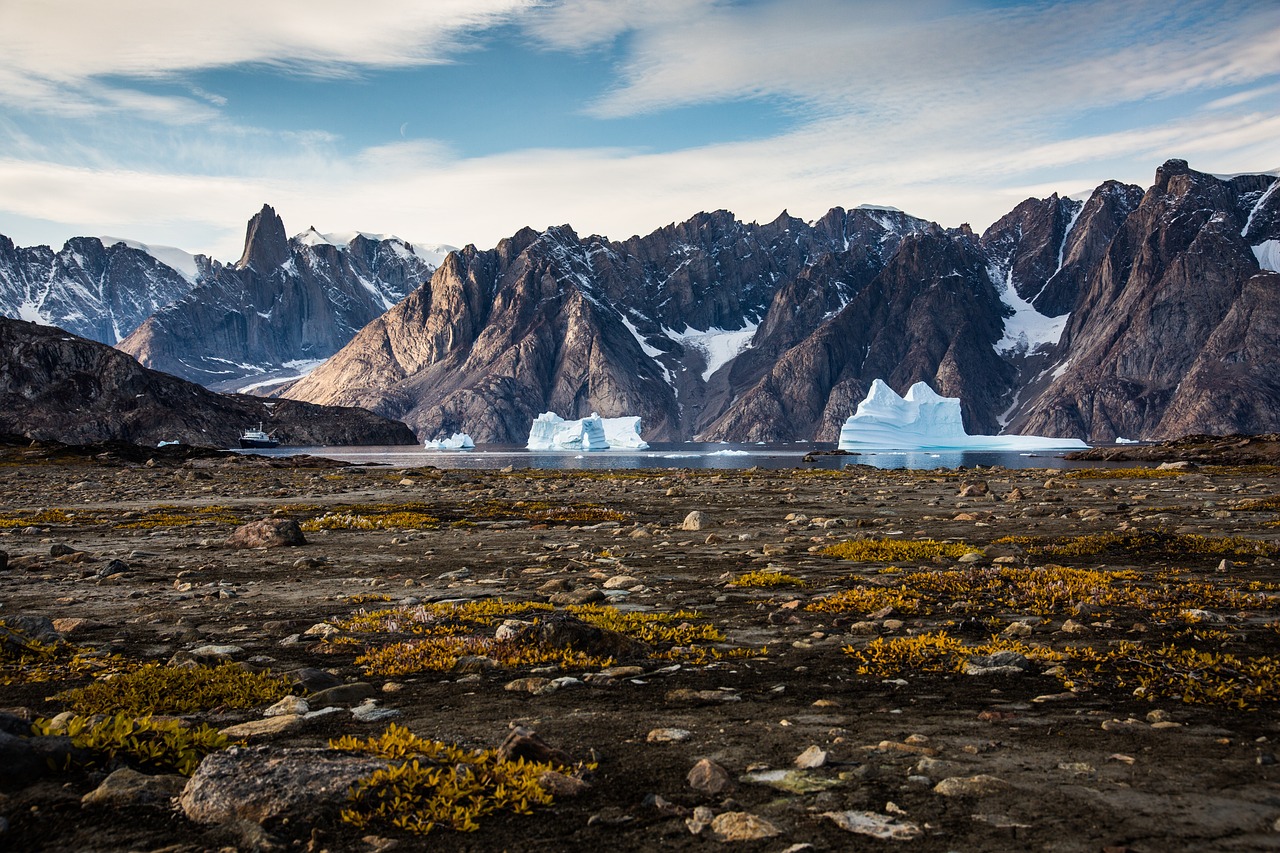Unstoppable Climate Change: The Hidden Reason Behind the Vikings’ Departure from Greenland

Despite their reputation as formidable warriors, the Vikings couldn’t withstand the ravages of climate change. Recent scientific findings suggest that the expansion of ice sheets and subsequent sea level rise led to extensive coastal flooding in the 15th century, ultimately forcing the Vikings to abandon their Greenland settlements.
The Viking presence in Greenland began around A.D. 985, when Erik Thorvaldsson, known as “Erik the Red,” a Norwegian-born explorer, arrived after being exiled from Iceland. More settlers followed, establishing thriving communities in Eystribyggð (Eastern Settlement) and Vestribyggð (Western Settlement). However, by the 15th century, signs of Norse habitation vanished from the archaeological record. Researchers have long believed that climate change and economic factors contributed to the Vikings’ departure from Greenland, but new evidence highlights the significant role played by rising sea levels, which submerged vast stretches of coastal land.
During the Little Ice Age, a period of notably cooler temperatures from the 14th to 19th centuries, the Greenland Ice Sheet expanded considerably. According to Marisa Julia Borreggine, a doctoral candidate at Harvard University’s Department of Earth and Planetary Sciences, the increased weight of the ice sheet caused the underlying substrate to sink, making coastal areas more vulnerable to flooding. Concurrently, the growing ice sheet and the mass of sea ice generated a stronger gravitational pull, drawing more seawater towards Greenland’s coast, leading to widespread flooding in areas inhabited by the Vikings.
To test their hypothesis, researchers modeled the growth of ice in southwestern Greenland during the 400-year period of Norse occupation and incorporated these estimates into a sea level rise model. They then compared their findings to maps of known Viking sites to determine the impact of sea level rise on the Norse settlements. The models indicated that between 1000 and 1400, sea levels around Greenland rose by as much as 11 feet (3.3 meters), flooding approximately 78 square miles (204 square kilometers) of coastal land. This inundation would have covered farmland and cattle pastures, effectively rendering them unusable.
While sea level rise played a significant role in the Vikings’ departure from Greenland, it was likely not the sole factor. A combination of climate and environmental change, resource scarcity, social unrest, and interactions with Inuit communities in the north may have all contributed to the decision to abandon their Greenland settlements, as Borreggine explained. This complex interplay of circumstances ultimately drove the Norse migration westward, away from the land they once called home.
0 comments